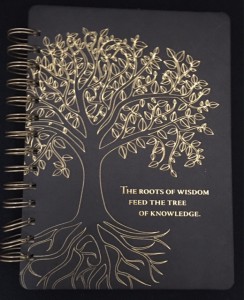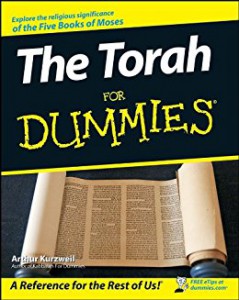[This entire explication is from Torah for Dummies by Arthur Kurzweil (http://www.dummies.com) As explained in the previous article, Sinaites do not consider the Oral Torah as part of God’s revelation; however, as this write up will explain, it provides some valuable information in understanding the Written Torah. We consider the Oral Torah as “Jewish” and the Written Torah as “biblical.”—Admin1]
—————————-
When Moses encountered God and received God’s message, the divine transmission included oral teachings that were never meant to be written down. An oral tradition allows for flexibility; too often when an oral teaching is written down, it’s taken too literally and loses its power to adapt to changing times and circumstances. It was only after much debate and discussion that the great sages of the Jewish people decided to write down the oral teachings in a process that began a few thousand years ago. This compromise was based on the historical fact that the enemies of the Jewish people were killing so many of the Children of Israel and the sacred traditions were at a great risk of being lost.
The major elements of the Oral Torah include—
- The Mishnah (repetition): A book consisting of six sections, written in Hebrew, that serve as a summary of the oral teachings as handed down by Moses, along with the Written Torah, to the elders of the Jewish people.
- The Gemara (completion): Additions, written mostly in Aramaic, that serve to analyze the Mishnah, define its fine points, and also illustrate how the Five Books of Moses and the Mishnah are applied to the ever-changing conditions of life.
- The Mishnah and the Gemara appear together in the Talmud (learning), which is a set of books consisting of 63 sections and also includes additional commentaries by great teachers throughout the centuries.
- The Midrash (interpretation): A few dozen books written over a number of centuries that serve to expand upon the details found in the Five Books of Moses and other books of the Jewish Bible. The various collections of Midrashim (plural for Midrash) teach both divine moral lessons and divine laws.
- Halachah (the way to walk): The term for Jewish law. Jewish laws are either positive (“do this”) or negative (“don’t do this”), and 613 of them are traditionally found in the Five Books of Moses. This number is deceptive because there are actually thousands of Jewish teachings that grow out of the primary 613 commandments in the Torah.



Reader Comments